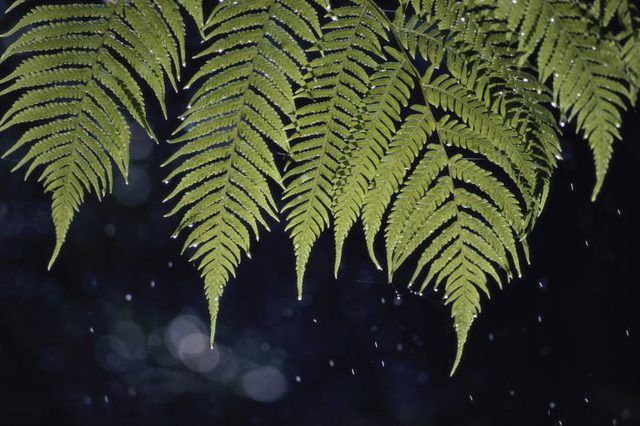Bulbs
Flower Basics
Flower Beds & Specialty Gardens
Flower Garden
Garden Furniture
Garden Gnomes
Garden Seeds
Garden Sheds
Garden Statues
Garden Tools & Supplies
Gardening Basics
Green & Organic
Groundcovers & Vines
Growing Annuals
Growing Basil
Growing Beans
Growing Berries
Growing Blueberries
Growing Cactus
Growing Corn
Growing Cotton
Growing Edibles
Growing Flowers
Growing Garlic
Growing Grapes
Growing Grass
Growing Herbs
Growing Jasmine
Growing Mint
Growing Mushrooms
Orchids
Growing Peanuts
Growing Perennials
Growing Plants
Growing Rosemary
Growing Roses
Growing Strawberries
Growing Sunflowers
Growing Thyme
Growing Tomatoes
Growing Tulips
Growing Vegetables
Herb Basics
Herb Garden
Indoor Growing
Landscaping Basics
Landscaping Patios
Landscaping Plants
Landscaping Shrubs
Landscaping Trees
Landscaping Walks & Pathways
Lawn Basics
Lawn Maintenance
Lawn Mowers
Lawn Ornaments
Lawn Planting
Lawn Tools
Outdoor Growing
Overall Landscape Planning
Pests, Weeds & Problems
Plant Basics
Rock Garden
Rose Garden
Shrubs
Soil
Specialty Gardens
Trees
Vegetable Garden
Yard Maintenance
Different Types of Ferns
Different Types of Ferns. The image of lush ferns in the undergrowth of a warm, shady forest is a common one, but gardeners whose local conditions are neither particularly warm nor especially shady still have options for including ferns in their gardens. Within the wide range of fern species, there are ferns that will grow in practically every...

The image of lush ferns in the undergrowth of a warm, shady forest is a common one, but gardeners whose local conditions are neither particularly warm nor especially shady still have options for including ferns in their gardens. Within the wide range of fern species, there are ferns that will grow in practically every location.
Shade-Loving Ferns
Almost all ferns do well in areas of part shade where they're protected from the harshness of direct sunlight, but some species grow especially well in areas of dense shade. These ferns, whose native habitats are usually under woodland canopies, don't do well in full sun, but they can thrive in shade that's too much for most other plants. The Western maidenhair fern (Adiantum aleuticum), for example, is a shade-loving native of western North America, ranging from Alaska to Mexico. It's hardy in U.S. Department of Agriculture plant hardiness zones 3 to 9.
Sun-Tolerant Ferns
In contrast to the shade-loving ferns, some fern species are relatively tolerant of sunlight. Although they're still likely to do better in partial shade, these species can handle a level of sun exposure that might make other species wither. The lady fern (Athyrium filix-femina) is a sun-tolerant native of North America, but for it to handle the heat from direct sun, it needs to have its feet in consistently moist soil. It is hardy in USDA zones 4 to 8.
Moisture-Loving Ferns
While most ferns prefer, or even require, consistently moist soil, some species are tolerant of soil conditions that cross over from the merely moist to the truly wet. The native habitat of these species is often in wet or marshy areas along the edges of woodland streams or other bodies of water, and they can handle having their feet wet more than many other plants can. Ostrich fern (Matteuccia struthiopteris) is an impressive specimen -- with broad, 3-foot-long fronds -- that has no problem growing in wet soils. It's hardy in USDA zones 3 to 7.
Drought-Tolerant Ferns
Because of their need for shade and moisture, most fern species are not well suited to Southern gardens where summers are hot and rain may be infrequent. Some species, however, can tolerate drought better than others and may be able to survive in a relatively arid climate. Holly fern (Cyrtomium falcatum) has glossy, leathery leaflets that allow it to retain moisture better than other species, so it can get by with less water. It is hardy in USDA zones 6 to 10.
Cold-Hardy Ferns
Gardeners in northern climates can have ferns in their gardens too, thanks to species that are able to survive through even long, harsh winters. The Western maidenhair fern is hardy even in the northern reaches of the lower 48 states, and the Japanese painted fern (Athyrium niponicum) is another species that's hardy in USDA zones 3 to 8.